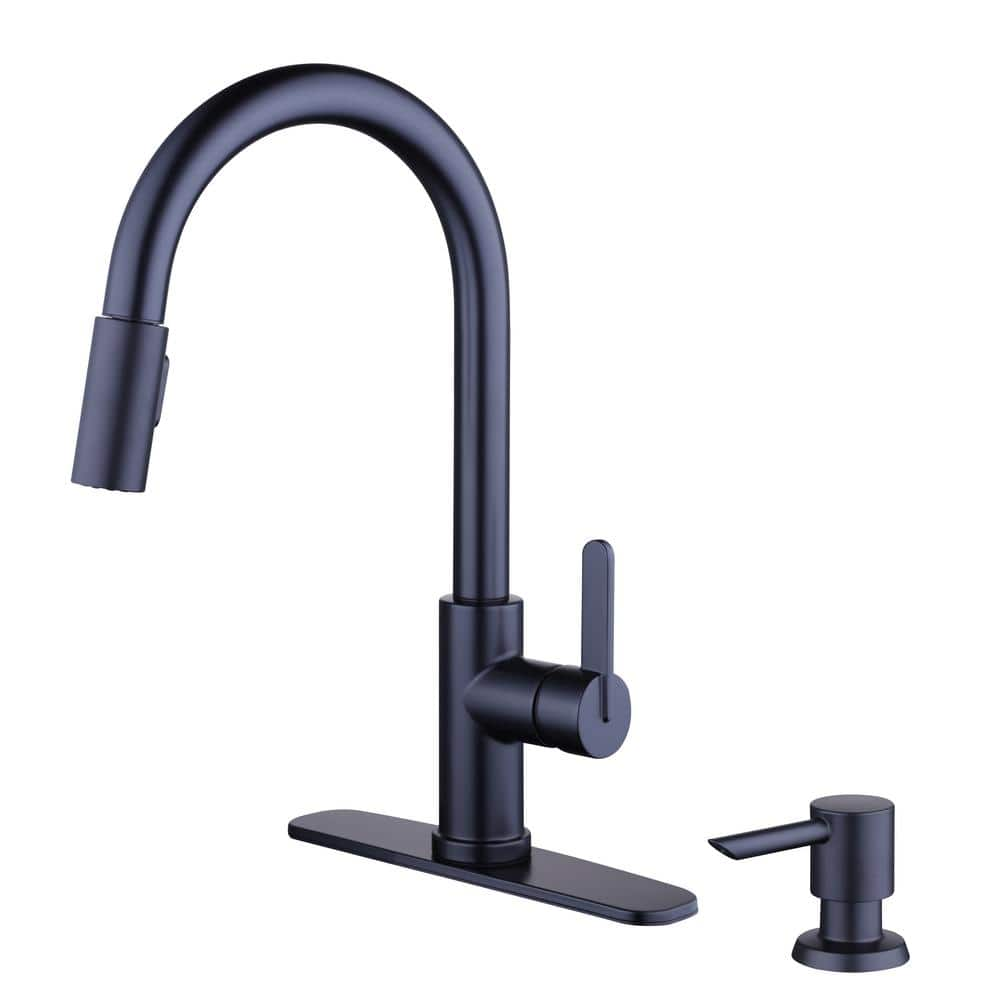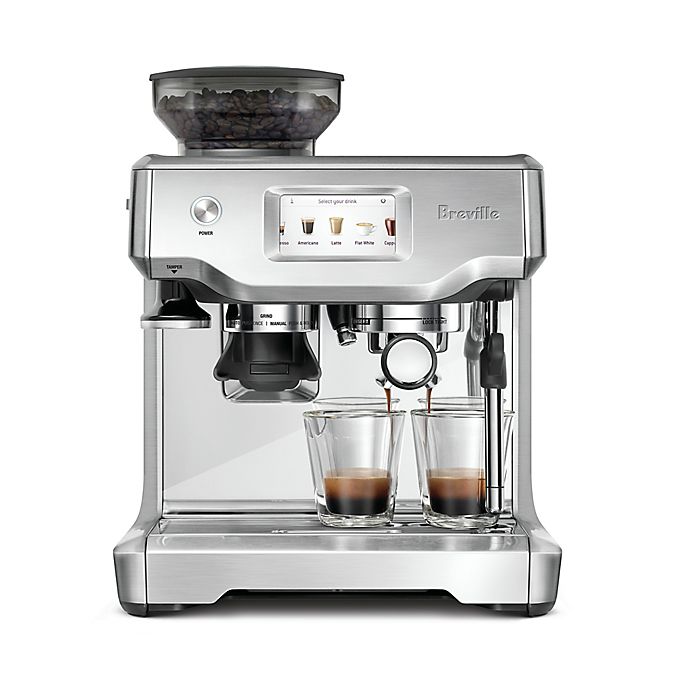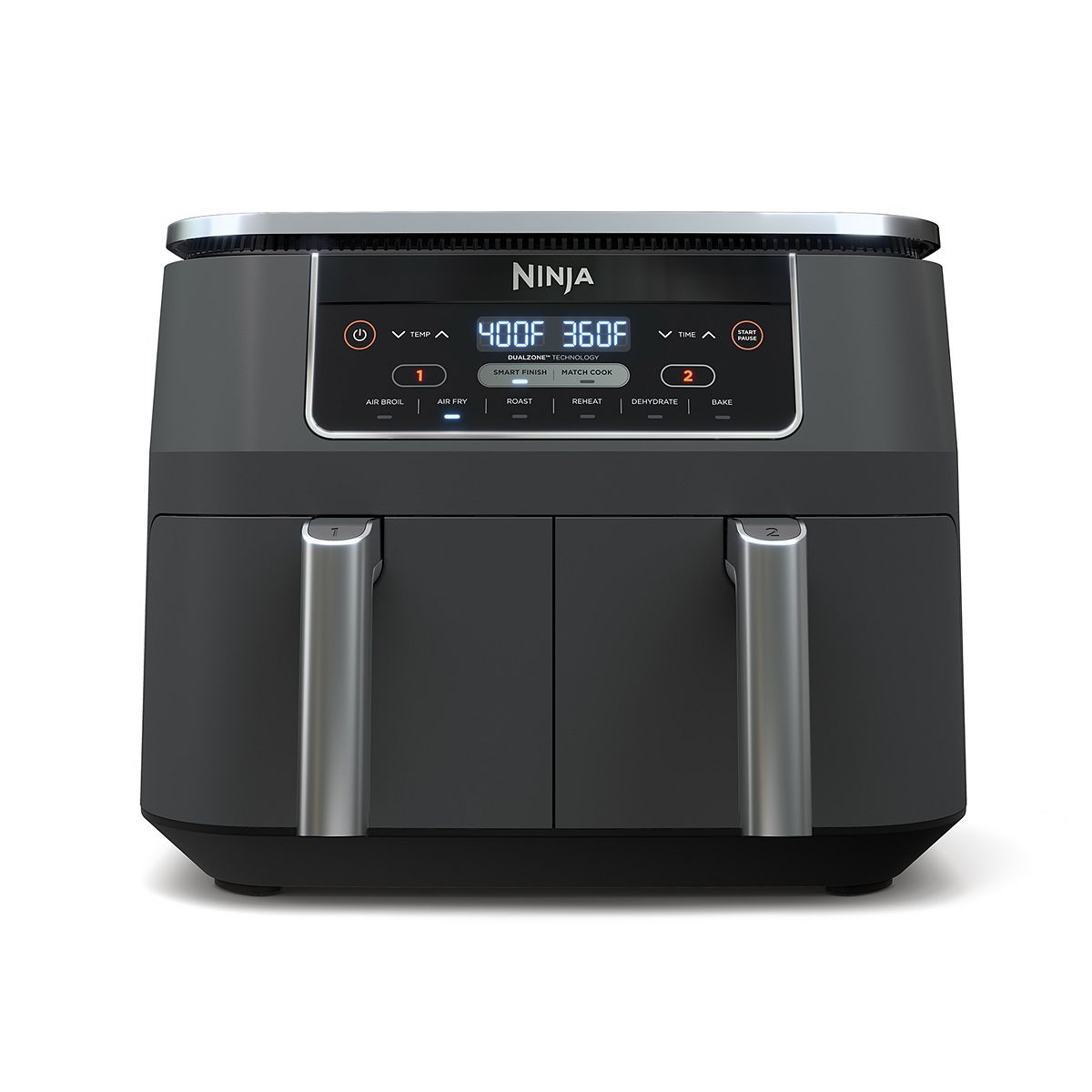Glacier Bay Paulina Single-Handle Pull-Down Sprayer Kitchen Faucet with TurboSpray, FastMount and Soap Dispenser in Matte Black
Sleek and Simple for an elegant design in any kitchen. Powerful TurboSpray helps clean plates quickly and easily. Built to last with the Glacier Bay Limited Lifetime Warranty.
The Paulina Single-Handle Pull-Down Sprayer Kitchen Faucet with Soap Dispenser in Matte Black is the perfect faucet for your Farmhouse Style kitchen or to complement any other decor style. Easy to use with a single handle design, this faucet has a convenient pull-down spray wand with 2-spray modes and a long reach that makes easy work of kitchen tasks. The pull-down sprayer features an aerated spray and a new TurboSpray that is exclusive to Glacier Bay. Featuring a ceramic disc cartridge for drip free performance, the 1.8 GPM flow rate also provides excellent water pressure for your cleaning needs. This kitchen faucet also includes the exclusive FastMount mounting system to make installation quicker and easier.
- Matte black finish for a distinctive look
- Single-handle faucet design for quick and easy water control with a single lever
- High-arc spout swivels 360° for complete sink access
- Pull-down spray wand features a 59 in. hose for a 12 in. reach to clean the bottom of pots quickly and easily
- Featuring TurboSpray which provides focused water columns with 30% more power than your standard pull-down faucet, also includes an aerated spray
- 1.8 GPM flow rate
- 36 in. supply hose length with 32 in. workable supply hose length with a 3/8 in. connection
- Exclusive FastMount mounting system helps make installation quicker and easier
- Soap dispenser included
- Limited lifetime warranty
Additional information
| Connection size (in.) | 3/8 In. |
|---|---|
| Extended Hose Length (in.) | 59 |
| Faucet Height (in.) | 16.54 |
| Spout Height (in.) | 8.3 |
| Certifications and Listings | IAPMO Certified |
| Manufacturer Warranty | Limited lifetime warranty |






by Pizzle
I love this faucet. It looks so nice with my black under mount sink. I will give an updated review after using for a while. But for now it’s perfect! The water pressure is great.
by Bawon
Instructions were easy to follow even for a first time DIY install. Everything is working well. Love the Faucet
by James
Great product, seems well made, installation very easy, smooth operation, would buy again.
by David
I absolutely love this faucet! Enough weight bring the sprayer back into place.
by Fred
Very, very happy with my purchase of the Glacier Bay faucet! The design of the faucet and the connections made for an easy installation. The instructions were well written and easy to follow. Very, very happy with that purchase. Rather than purchase on line, as I attempted to do with both the disposal (the delivery service said it was delivered, though it wasn’t) and the faucet (that supposedly got lost), it was so much simpler to go in person to pick it out!
by David
Easy to install and helps with cleaning posts.
by Nick
Happy to finally replace my old faucet, going to this new one was like night and day. Got it on sale too which makes it even better.
by Fred
We are super happy with this purchase. It was easy to install- took about 20 mins once we had the right parts (the parts we should have been able to reuse from our old faucet were broken). It looks super cute in our kitchen! It isn’t super duper sturdy but if you aren’t rough with it it should be just fine to do the trick. My only complaint is I wish the cord was longer when you pull it out.